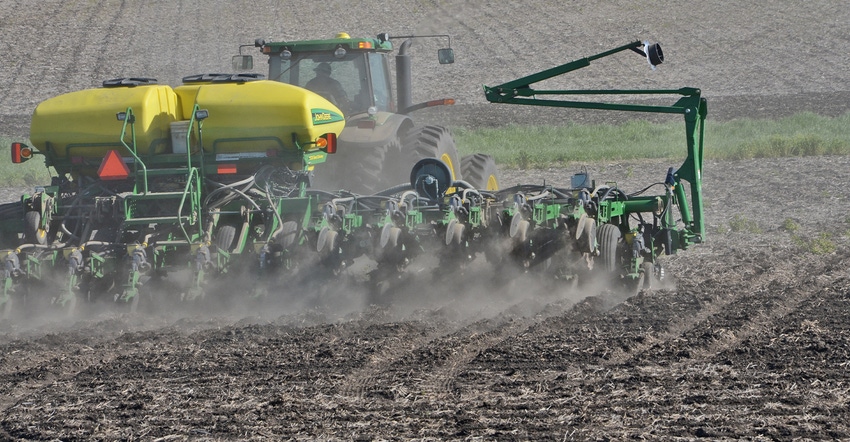January 10, 2020

Perhaps I should apologize up front. For years, writing about agriculture, technology and management, I have stressed the importance and value of planting time. The cost of downtime during spring is higher than at other times of the year due to the critical nature of seed to soil to germination to final yield. And I’ve written plenty about the opportunity cost, and loss, of downtime.
I forget that nothing is more important than living to plant another year. And as you prep, plan and execute for the new season, keeping that in mind might help.
Safety conversations in ag magazines often feel like preaching to me. But that’s what we are doing when spring work comes up. We mount our pulpit of media and remind, cajole and poke at readers to remember that safety matters. To take a rest. To strategize the busiest times of the year.
But it matters. Agriculture remains one of the most dangerous occupations you can have, but it’s also a rewarding career as you sow, tend and harvest the crops that become the food, fuel and fiber this country relies on.
And given the economic pressures facing this industry, every moment matters. In the Midwest in 2019, there were many stories of farmers pulling significant planter time to get crop in the ground when drying fields would support a planter (and even that was a challenge). Around the West, weather issues were different, but there are always times when you’re parked, waiting to roll.
Nature gives you a break
As you build that spring strategy this winter, consider how you’ll maximize the weather-induced breaks in your schedule. Rest is a key management tool in the world of safety. A rested farmer is a safer farmer. Fatigue and lack of sleep leads to mistakes. Even though machines are doing more of the operational thinking these days, you still need to be alert.
If you’re down because of weather, be down. Take a break. Give yourself permission to rest.
Safety matters
As I continue my safety sermon, I turn to the web pages of a range of groups offering tips, and bring up a few to consider here:
Can you be seen? The slow-moving vehicle sign remains the most outward and visible sign that you aren’t moving at the speed limit. Make sure they’re visible, clean and reflect well. The newest versions can be seen pretty far away as they reflect headlight beams. Consider updating your sign if you don’t remember the last time you checked it.
Check your lights. Today’s newest tractors have a lot of lights. Make sure they’re all working, including those hazard lights. But consider adding something like a rotating yellow light or some other item that screams to oncoming city drivers who may be distracted, that there’s something slow in their lane. Farmers like to be quiet — but when it comes to operating a tractor on a public road, it’s time to stand out and be seen, so you don’t become an accident victim.
Check safety shields. I’m hopeful that years of admonishment about safety shields, and new engineering designs, mean that your equipment has all shields in place. PTO shields are especially important because that high-torque, spinning tool is also a lethal weapon when not shielded.
Have an emergency plan. If the worst happens, what’s your emergency plan? Are fields easy to find if you need an ambulance? Local authorities shouldn’t have to roam the countryside to find you if trouble arises; and with a farm injury, seconds do count.
As you go through those last-minute checks, tunings and updates to equipment, keep safety in mind. And remember, a rollover protective structure works best if you wear a seat belt.
Have a safe 2020 season.
About the Author(s)
You May Also Like






